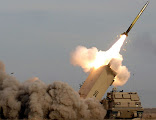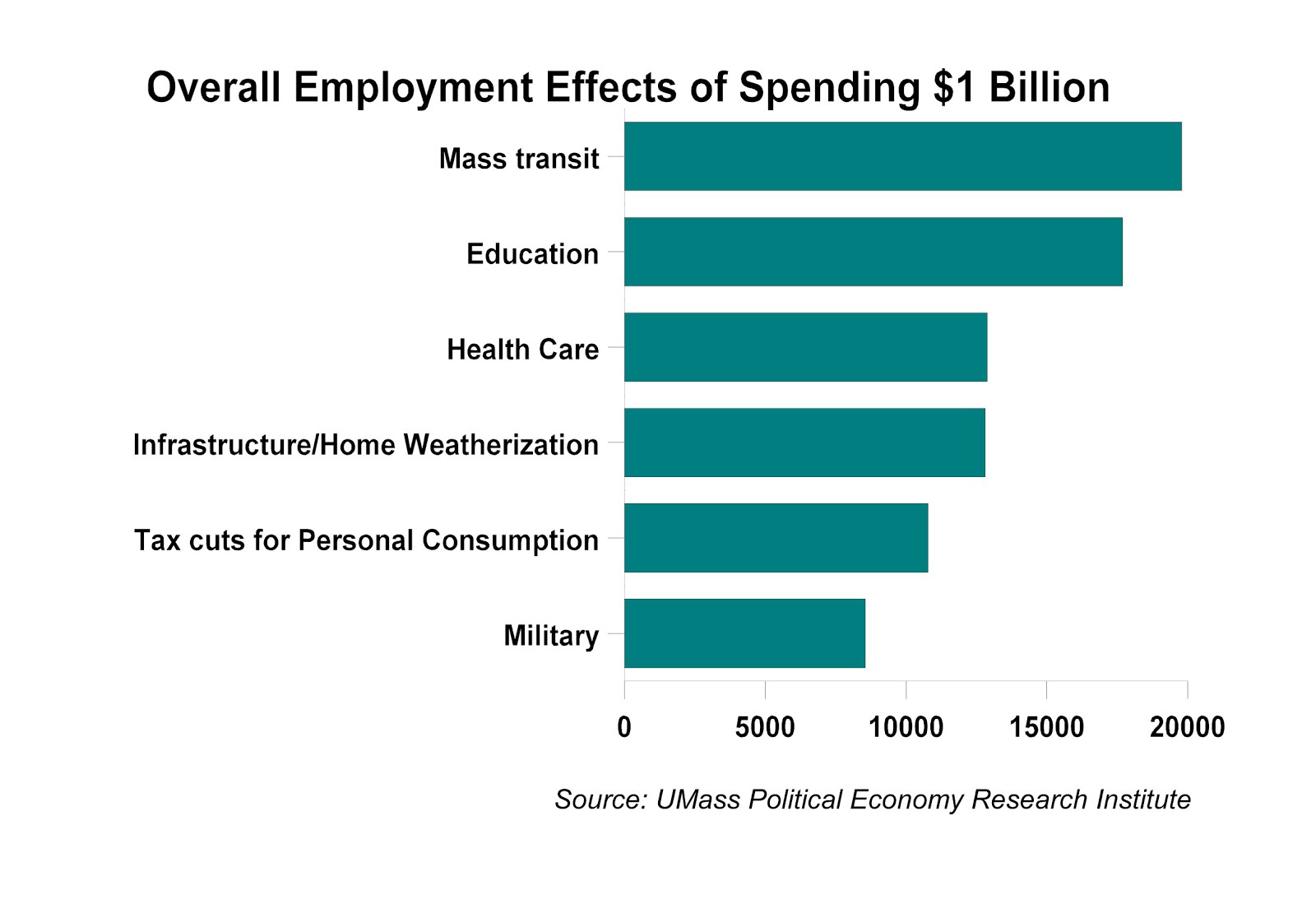excerpted from TomDispatch
... with the current economic situation bringing suffering, foreclosure, and unemployment to millions, and concerns about spiraling deficits as well as a staggering national debt, the first faint signs of a possible mood change in Washington on the issue of the Pentagon budget are appearing. Military spending may, in fact, finally be edging its way into an increasingly fierce budget debate. This could prove a rare window of opportunity, unmatched since the moment the discussion of a “peace dividend” faded into the woodwork bare years after the collapse of the Soviet Union and the end of the Cold War.
... virtually every major weapons program currently under development or in production -- including the Navy’s centerpiece for the next three decades, the Littoral Combat Ship, and the Air Force’s $325 billon Joint Strike Fighter (JSF) program, the largest Pentagon weapons program ever -- is significantly over budget and behind schedule.
A March 2009 report by the Government Accountability Office (GAO) found that total acquisition costs for the Pentagon’s 96 major weapons programs had grown by 25% over their lifetime. In addition, 42% of them had experienced cost growth of more than 25%. The GAO also found that such programs were increasingly behind schedule delivering weapons that were ready for use in combat. On average, the program delay for a major weapons system was 22 months in 2008, up from 18 months in 2003.
In making the case that constrained Pentagon budgets wouldn’t mean an erosion of U.S. military dominance to a roomful of the Navy’s staunchest supporters, [War Secretary Robert] Gates offered some startling figures about the U.S. Navy/Marine Corps "overmatch" on the battlefield (the extent to which our military forces and capabilities exceed those of other nations). It gives a vivid sense of what massive military overspending has meant in practice.
Here are some of the facts Gates offered, quoted directly from his remarks:
* The U.S. operates 11 large [aircraft] carriers, all nuclear powered. In terms of size and striking power, no other country has even one comparable ship.
* The U.S. Navy has 10 large-deck amphibious ships that can operate as sea bases for helicopters and vertical-takeoff jets. No other navy has more than three, and all of those navies belong to our allies or friends. Our Navy can carry twice as many aircraft at sea as all the rest of the world combined.
* The U.S. has 57 nuclear-powered attack and cruise missile submarines -- again, more than the rest of the world combined.
* Seventy-nine Aegis-equipped combatants carry roughly 8,000 vertical-launch missile cells. In terms of total missile firepower, the U.S. arguably outmatches the next 20 largest navies.
* All told, the displacement of the U.S. battle fleet -- a proxy for overall fleet capabilities -- exceeds, by one recent estimate, at least the next 13 navies combined, of which 11 are our allies or partners.
* And, at 202,000 strong, the Marine Corps is the largest military force of its kind in the world and exceeds the size of most world armies.
... The mere fact that even Defense Department officials are beginning to discuss fewer dollars for the Pentagon ... offers an opportunity for Americans intent on reining in rampant military spending. It is a chance that has been a long time coming, is finally on the national agenda, and, if missed, might be an even longer time in coming again.











